Clipping the show horse requires skill and timing to ensure that the coat comes through perfectly. Traditionally, we were always taught that the last clip of the year needed to be by 31st January. This was to ensure that clipping didn’t interfere with the change of coat as the old winter coat gave way to a new summer one.

Credit - Katie Jerram-Hunnable
However, this need not be the case and each horse should be judged on individual merit. Highly bred competition horses and thoroughbreds can often manage without ever needing to be clipped. Their coats can be so fine, that the winter to summer coat hardly seems to change.
Most horses that live in the UK will carry a winter coat of some description, with Natives and heavier breeds growing dense coats as nature intended. These types are often difficult to get the best finish as the re-growth on natives can be tricky and unpredictable.
Timing for clipping these types are paramount to ensure that they enter the ring with a gleaming summer coat. The only way to assess this correctly is knowing your horse and how his coat reacts during the winter months, and then being able to time it accordingly for the last clip. This can be any time between the end of January to even as late as April depending on the colour and coat conditions.
As an example, our native welsh ponies will often need clipping by February to give time for the coat to come through with no signs of lines. Darker colours can sometimes get away with being done a few weeks later. Shetlands, Exmoor and Dartmoor ponies if wintered out, and have a double coat, need careful timing, and may be better given their last clip in early January to enable the natural colouring of the coat to grow through.

Heavier breeds, especially cobs, are prime candidates for being clipped regularly all year round. During the winter, it wouldn’t be a surprise to be clipping every 3-4 weeks, with legs and hogging every two weeks. This usually carries on through the summer, and with careful blending techniques, the main body of the horse can sometimes be left longer but with legs and hogging being done every two weeks to blend in with their existing coat.
When clipping a summer coat for a show ring finish, bear in mind that the colour will take around 7-10 days to re-establish. Hot clothing with Super Shine is a great way to encourage the shine back into the coat, and if this is done on a regular basis and additionally before and after clipping, this will give it a real boost and give highlight to a dull coat. To read more on Hot Clothing techniques, check out this journal.
Additionally, during the winter when the coat can be greasy, a body wash is useful to use beforehand, massaged in well with a Super Groomer or Massage sponge. This not only stimulates the blood supply but will also really help the clippers glide through the coat more smoothly.
If there is too much grease in the coat, the teeth of the blades will struggle to get through, and this is when teeth lines can be visible. The object of getting a good finish is to leave the coat as smooth as possible, replicating the summer look. This does take practice and skill, but by washing thoroughly prior to clipping and hot clothing before and after, this will really help the get a fabulous show finish clip.
Blade tips:
-
If you are clipping light coloured horses, choose a medium blade (2.5mm). If you opt for the finer grade, you will get a much closer finish (1.4mm) and the skin is likely to show through. With pink skins, the look is not so good and with darker areas, the dark grey skin will mark more too.
-
Always match up the grade of blade that you use on the body to the grade of blade you may be using on a trimmer for fiddly bits and around the head.
-
Specialist blades for skimming over the coat have become popular with the showing world, particularly prior to the later shows in the Autumn. These are known as Covercote blades and clip to 5mm. Covercote blades are perfect for taking off the cat hairs when coats are changing, they won’t interfere with the new coat coming through and are effective on summer coats leaving more colour rather than clipping closer to the skin which will affect the colour.
-
We recommend always allowing 7-10 days for the coat to settle and show through well, but every horse is different, so make a note each time you clip as there are so many variables.


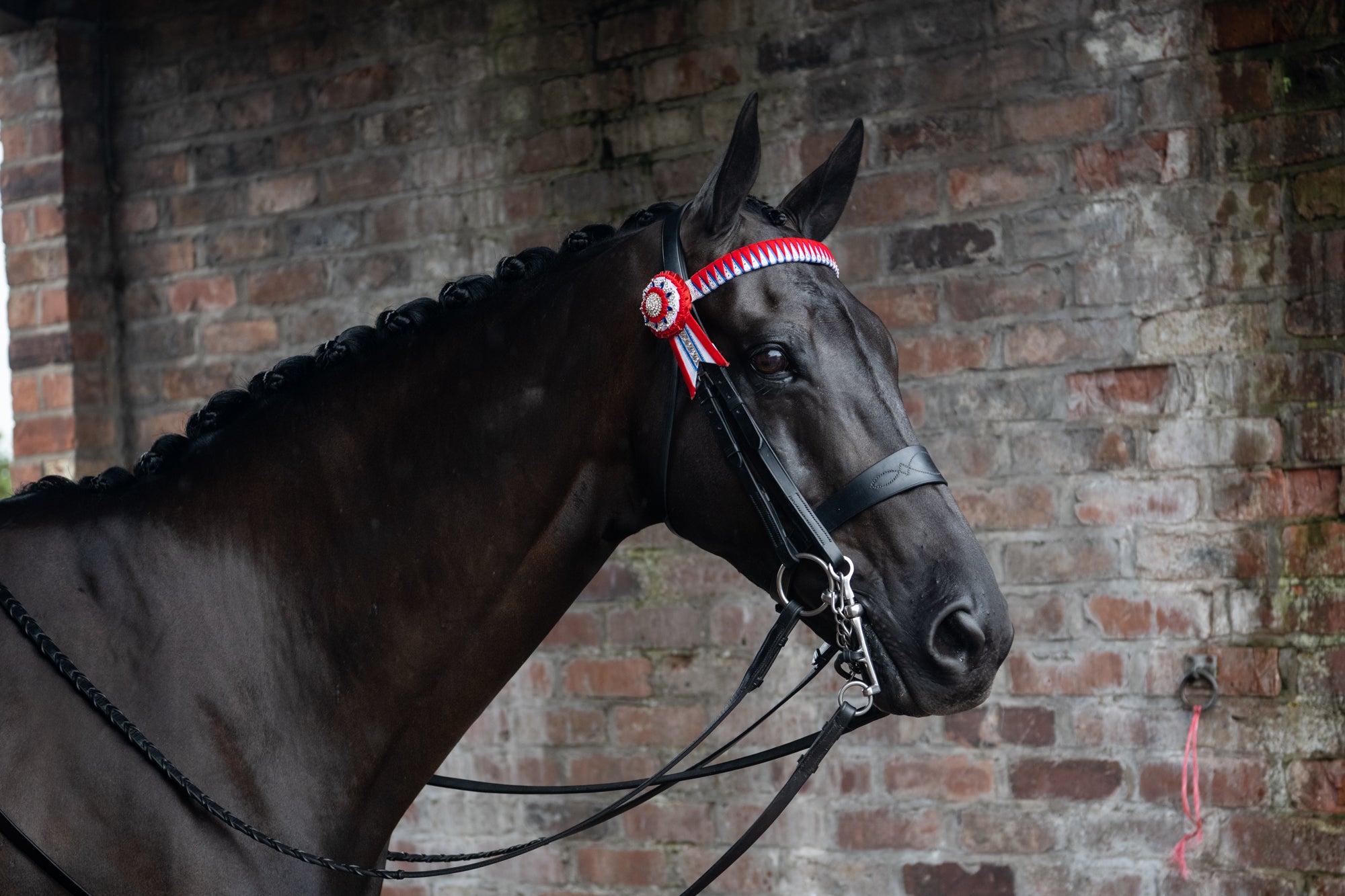
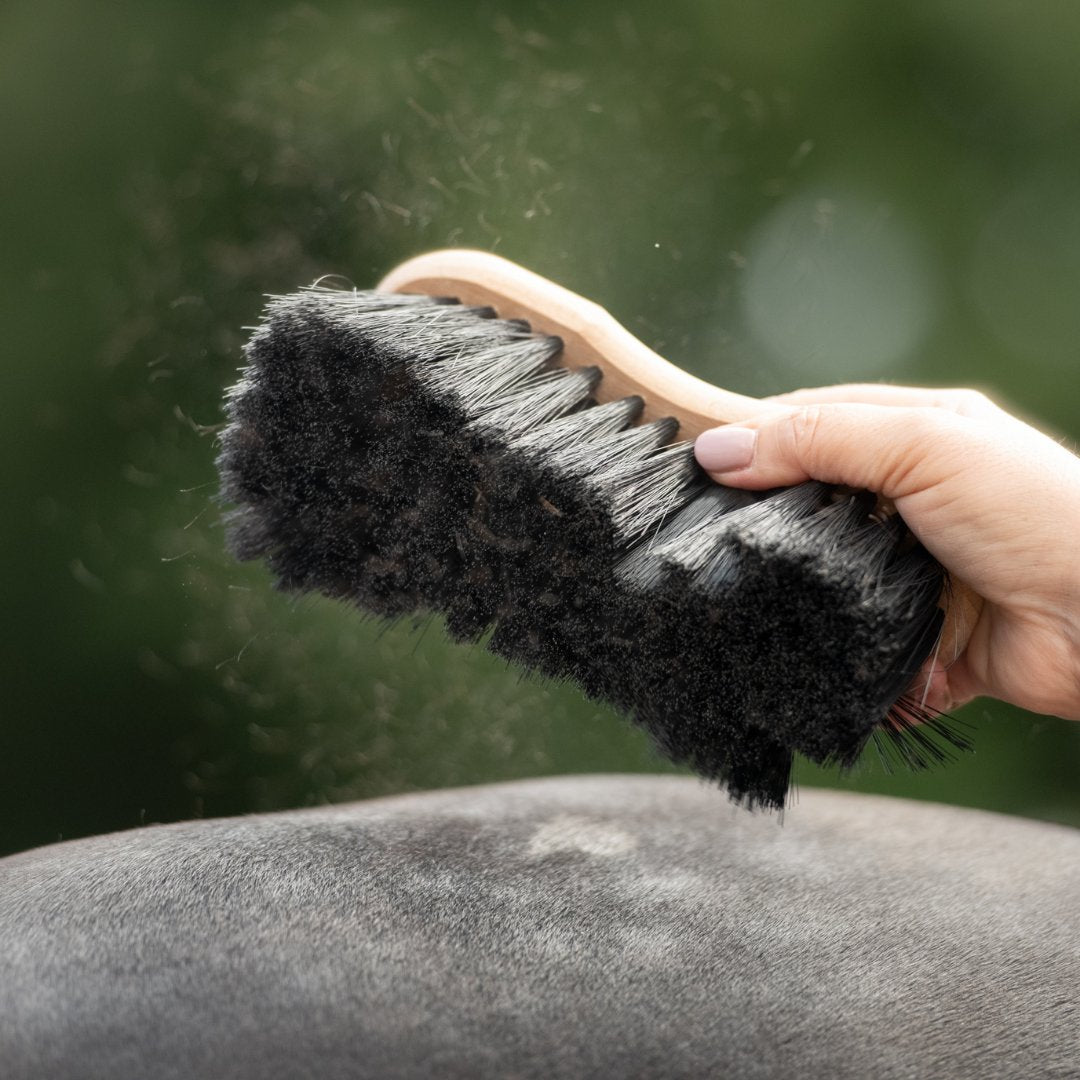
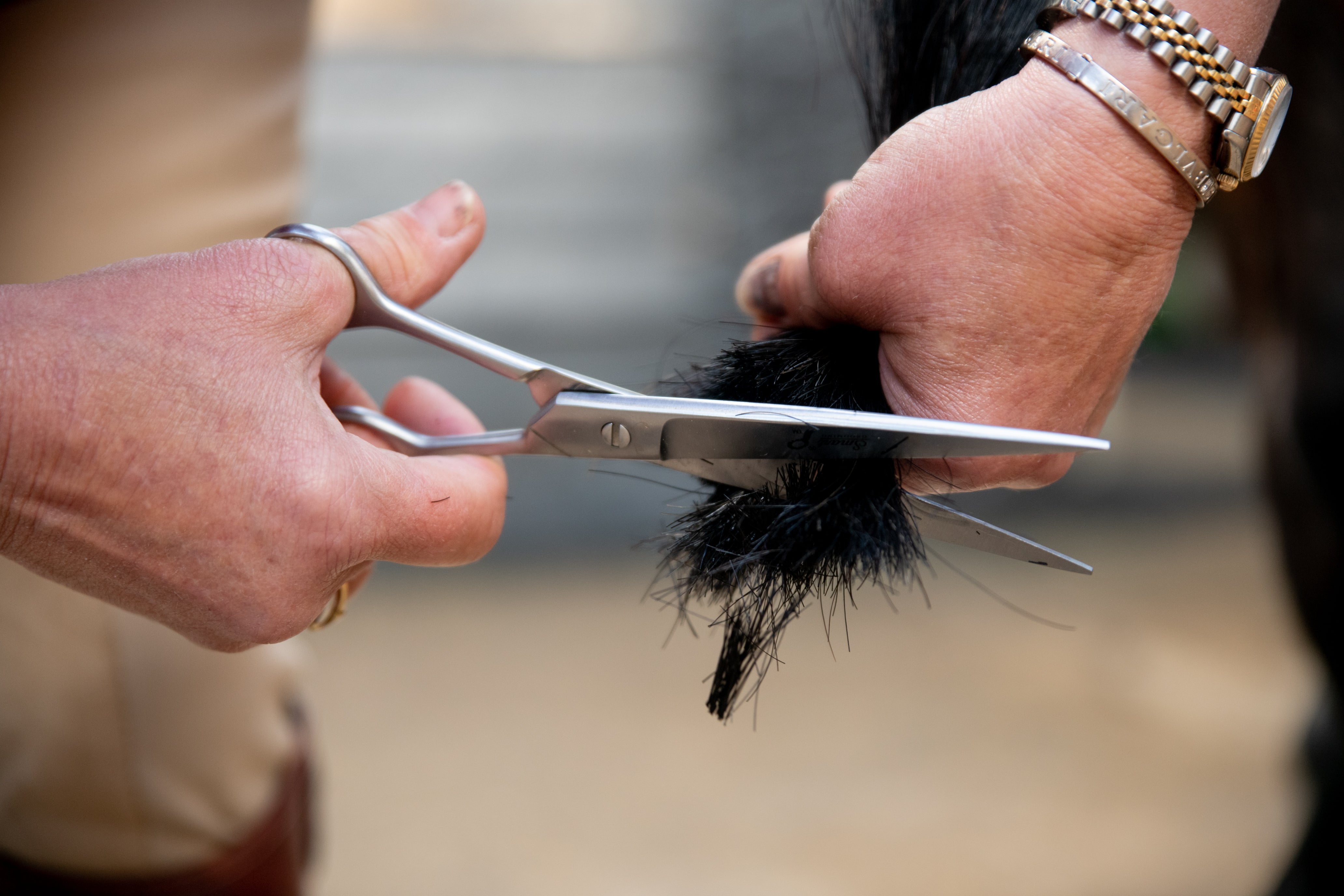

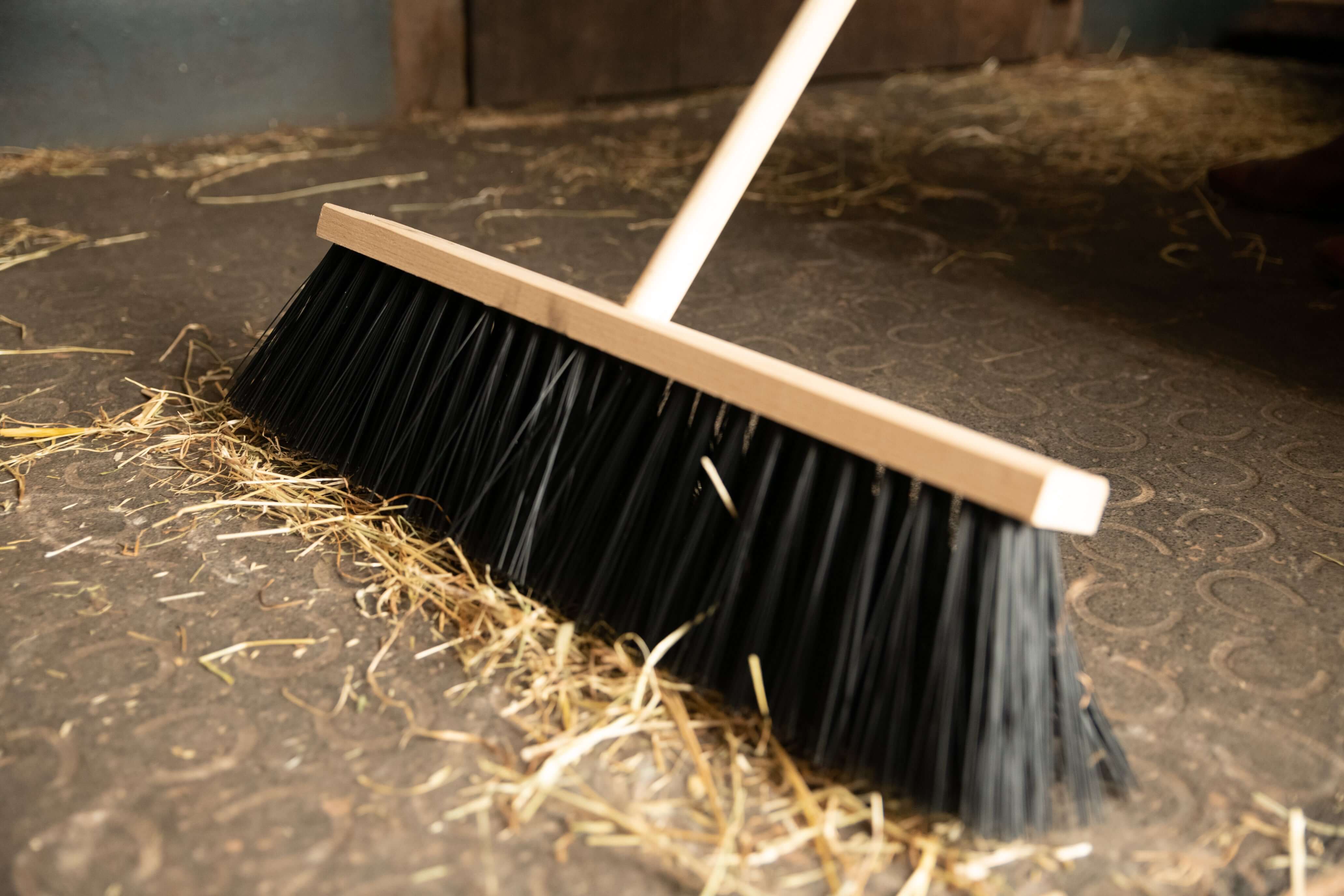
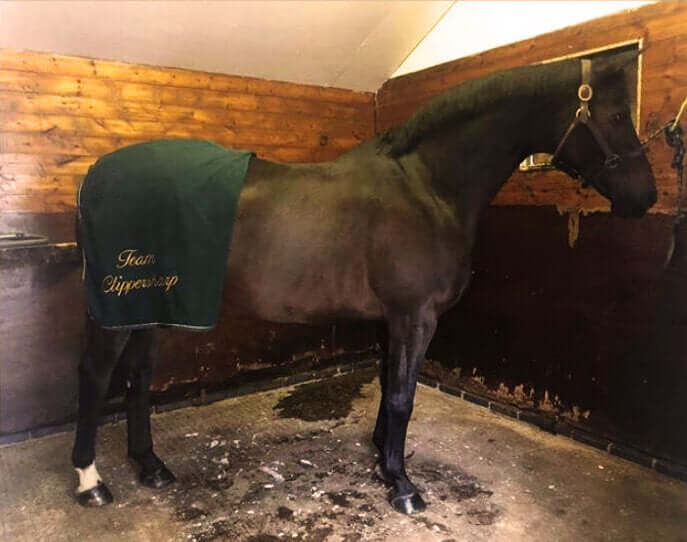
Dejar un comentario